Amazon’s latest delivery drones are set to launch from just outside Phoenix, but don’t count on them for summer orders. The fleet can’t fly when temperatures exceed 104 degrees Fahrenheit.
Drone Delivery Delays in Arizona
Amazon plans to deploy its newest delivery drones in Tolleson, Arizona, this year. However, with average summer temperatures exceeding 104 degrees Fahrenheit for three months annually, the drones will be grounded. They also won’t operate after sunset, limiting their usefulness further.
A Troubled Launch
Amazon’s drone project has faced multiple delays and challenges. Despite aiming for 500 million deliveries by 2030, Amazon Prime Air has completed only a few thousand deliveries, reports Wired. Competitors like Alphabet’s Wing and Walmart have significantly outpaced Amazon, with hundreds of thousands and over 20,000 deliveries, respectively.
In Lockeford, California, Amazon had to entice residents with gift cards to use the drone service. Arizona’s extreme heat could similarly discourage users, especially during the hottest months.
Integration and Operational Hurdles
A recent blog post from Amazon announced that drones in Tolleson would take off from an existing same-day delivery site, offering a wider selection of items. However, items must still weigh less than five pounds.
Before starting deliveries, Amazon must secure local permits to renovate its Tolleson warehouse and obtain FAA approval for its new MK30 drone. Additionally, Amazon must convince users to accept 80-pound drones dropping packages from several feet up.
Environmental Challenges
Research indicates that drones like Amazon’s, affected by weather and daylight, would be limited to about two hours of flight time daily on average. In the world’s 100 most populous cities, this would increase to six hours. Heat forces drone motors to work harder, draining batteries faster.
Amazon’s experience in Arizona might highlight natural barriers to drone delivery viability. “We won’t take orders when the temperature gets above 104 degrees,” said Calsee Hendrickson, a director of product and program management for Amazon Prime Air, acknowledging the limitations during summer afternoons.
Community Response and Future Plans
Amazon began vetting Tolleson as a potential drone site over a year ago. At a city council meeting, Tolleson Mayor Juan Rodriguez expressed excitement about the project, highlighting potential sales tax revenue and the technology’s appeal.
Despite no organized opposition in Arizona, other communities have raised concerns about noise pollution, surveillance potential, and job loss for delivery drivers. Amazon will initially hire staff to oversee the drones, but this may change as the technology advances.
Technical Specs and Other Locations
The MK30 drone, which Amazon hopes to deploy, is smaller and lighter than previous models, with enhanced sensors and software. It can fly up to 7.5 miles from its base, reach speeds of 65 mph, and handle light rain.
Amazon’s current drone operations in College Station, Texas, and previous efforts in Lockeford, California, face less extreme weather. Future expansions to Italy and the UK are planned, where high temperatures shouldn’t pose significant issues.
Mayor Rodriguez remains enthusiastic about the drone program, seeing it as a boost for local sales and technological progress.
DroneXL’s Take
Amazon’s drone delivery service faces significant challenges in Arizona’s extreme heat. While the technology shows promise, environmental factors and community concerns highlight the hurdles to widespread adoption. Amazon’s ability to adapt and innovate will be crucial in overcoming these obstacles and realizing the full potential of drone deliveries.
Discover more from DroneXL
Subscribe to get the latest posts to your email.
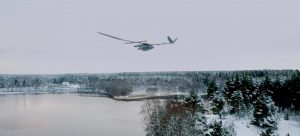
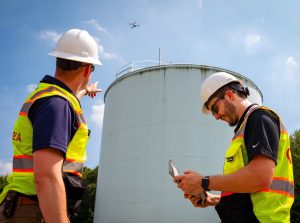
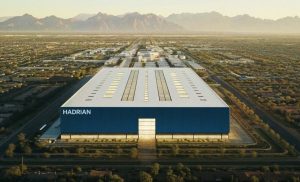


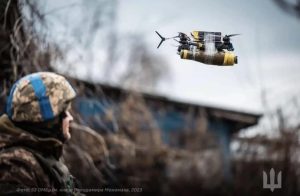


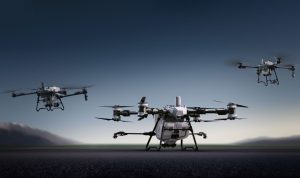
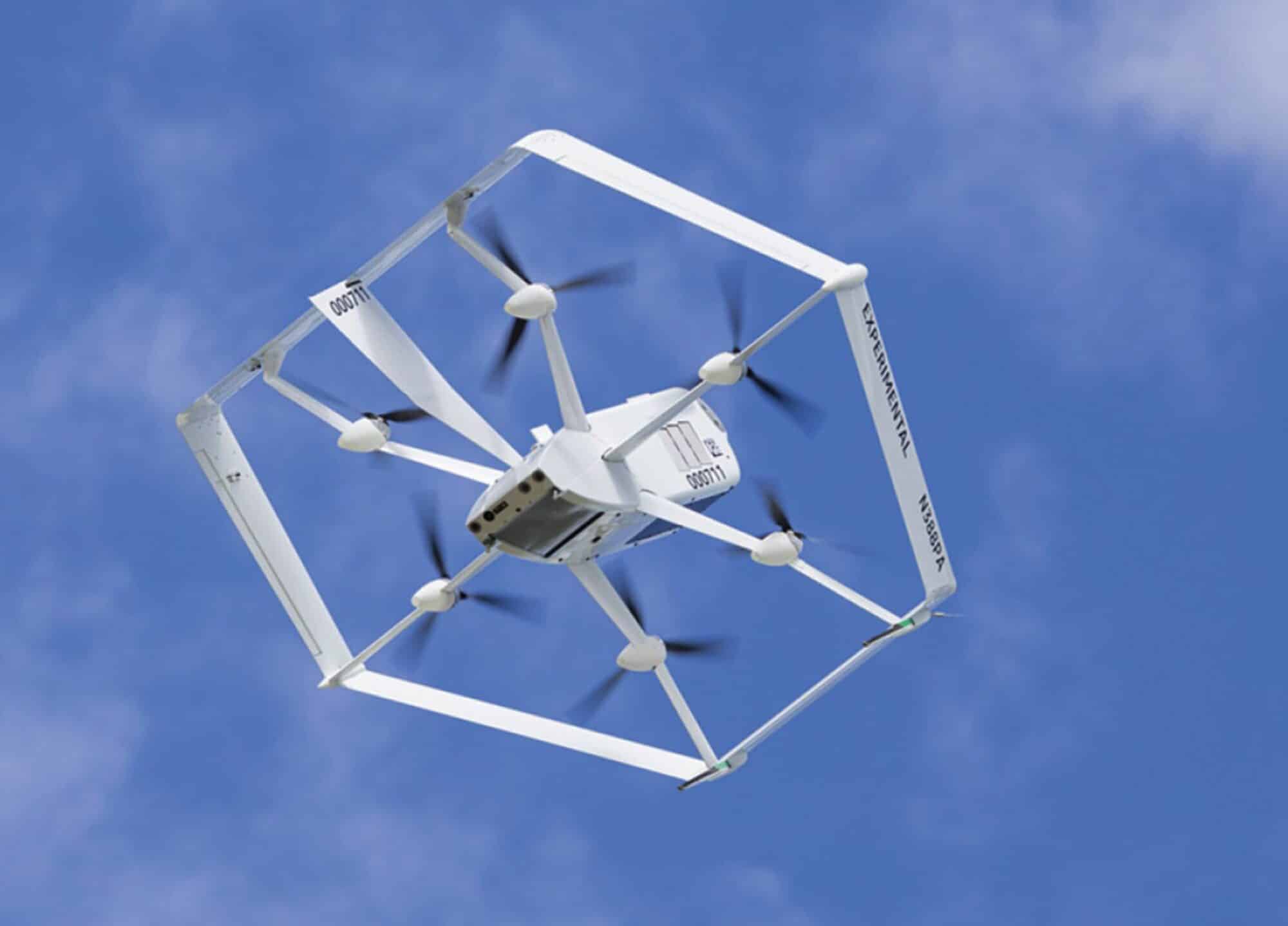
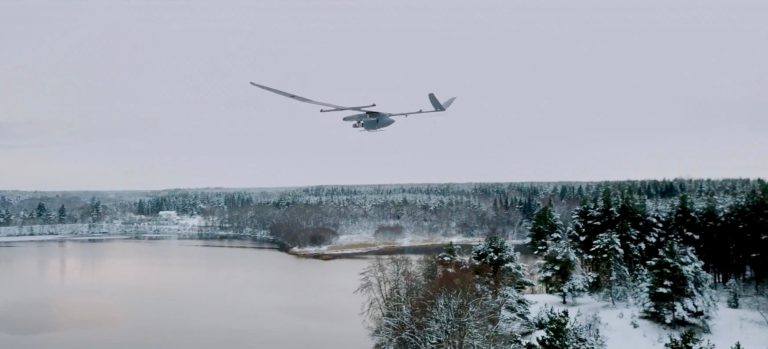
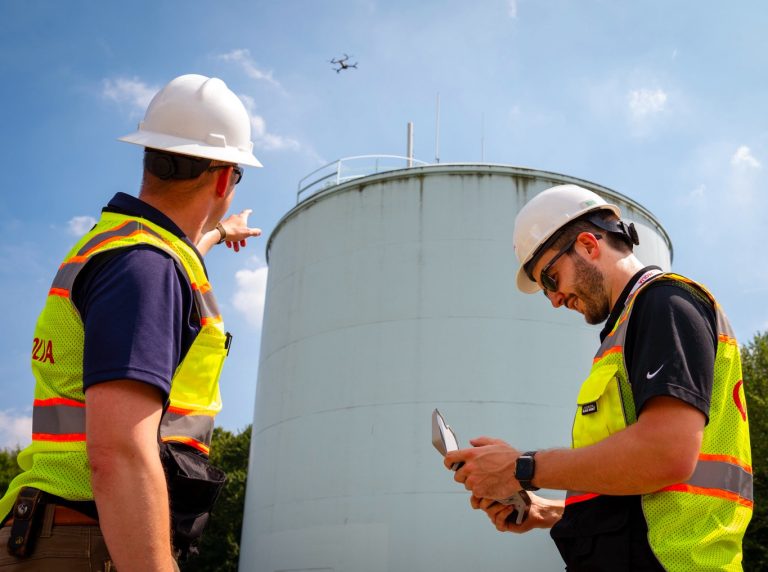
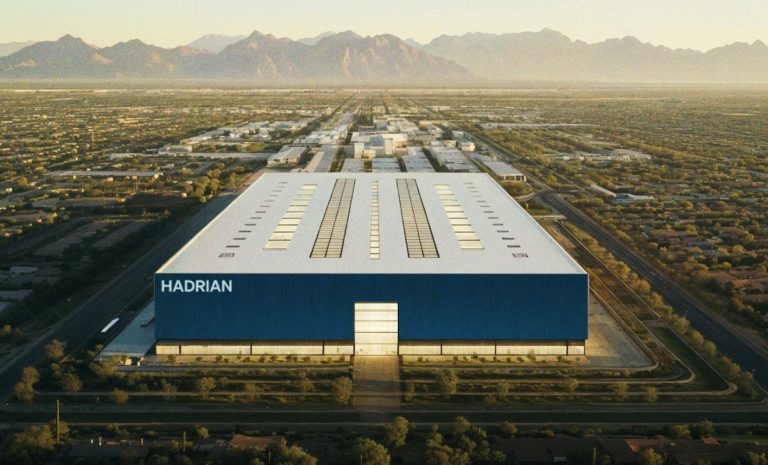

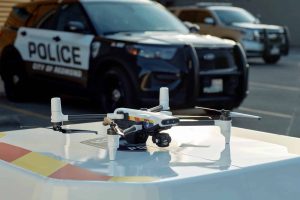


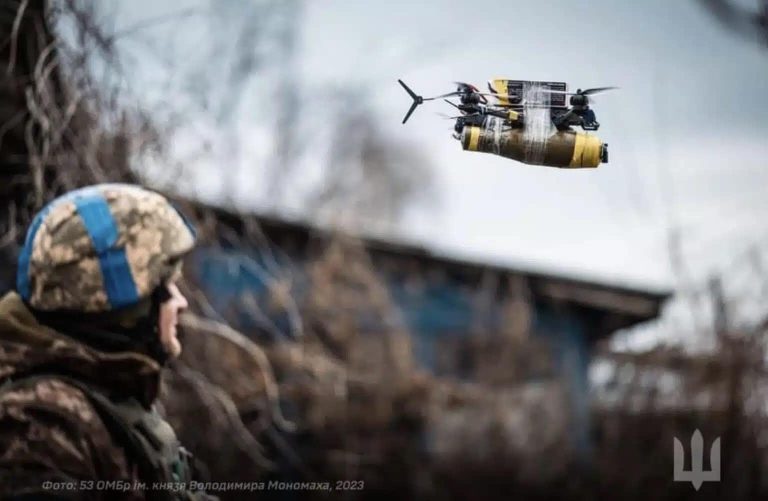


+ There are no comments
Add yours